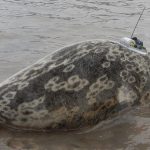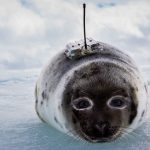← Back
Sea turtle ecology: a novel solution to increase knowledge using Argos
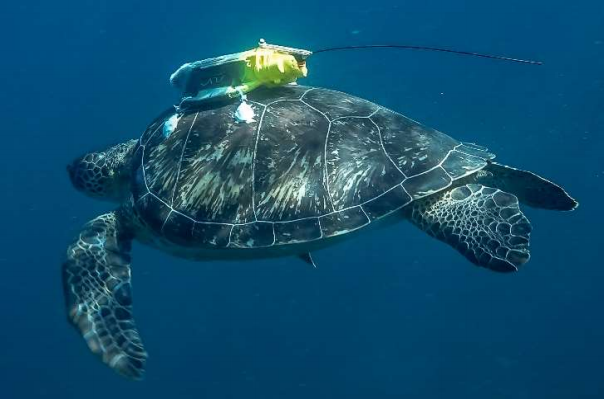
An essential part of animal conservation is knowing and understanding their behavior. More than 500 turtles are tracked every month with Argos so that scientists can identify feeding and nesting areas as well as understand their migratory patterns.
We know where sea turtles go
For more than 35 years scientists have been using Argos to monitor the movements of marine turtles. You may remember back in 2019 Damien Chevallier, CNRS-IPHC, revealed a leatherback turtle’s migratory journey of more than 20,000 km over a period of 6 months.
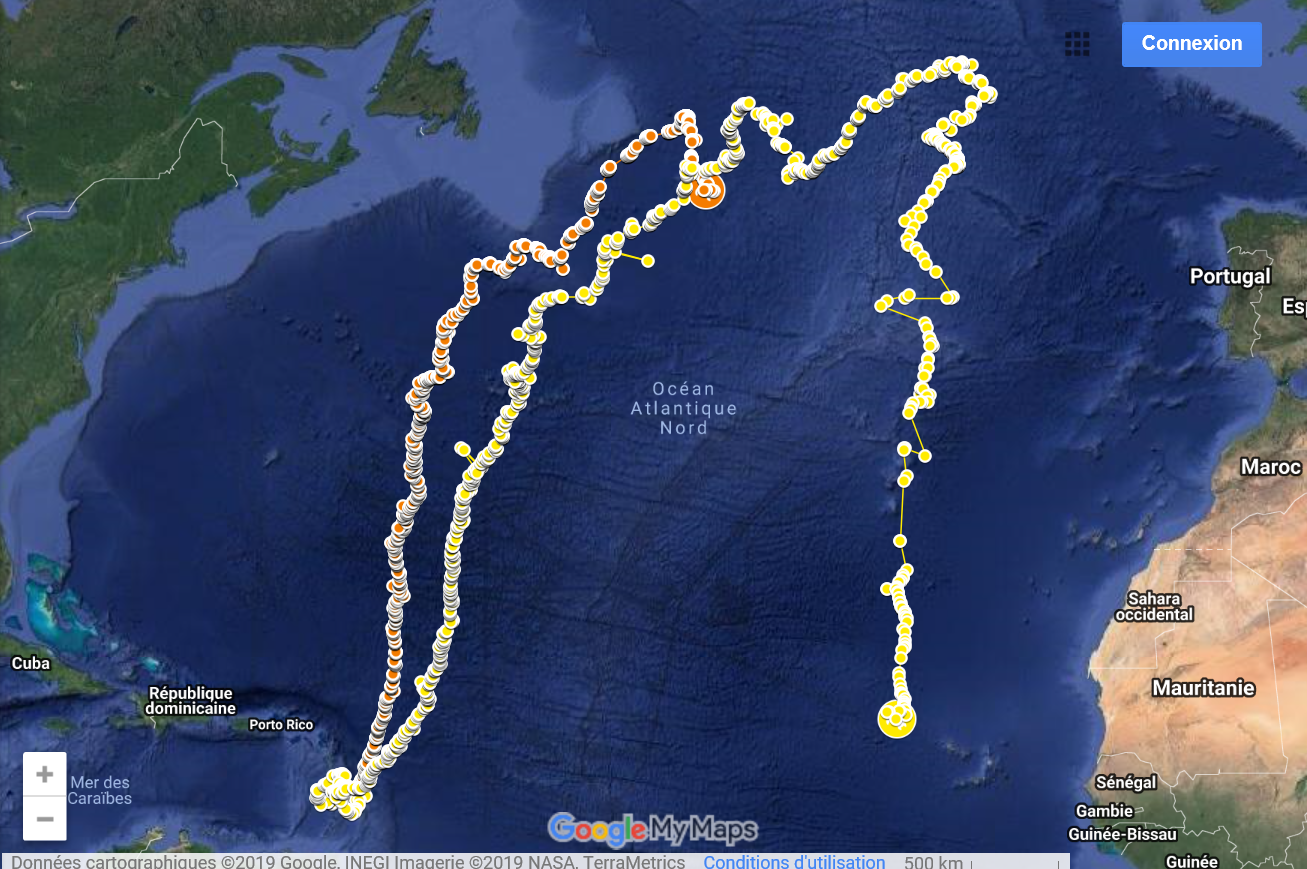
A journey of more than 20,000 kilometers was undertaken by this leatherback turtle. It left Martinique in June 2018. Its latest positions, off the coast of Senegal, were reported in January 2019. Turtle tracked by Damien Chevallier, CNRS-IPHC
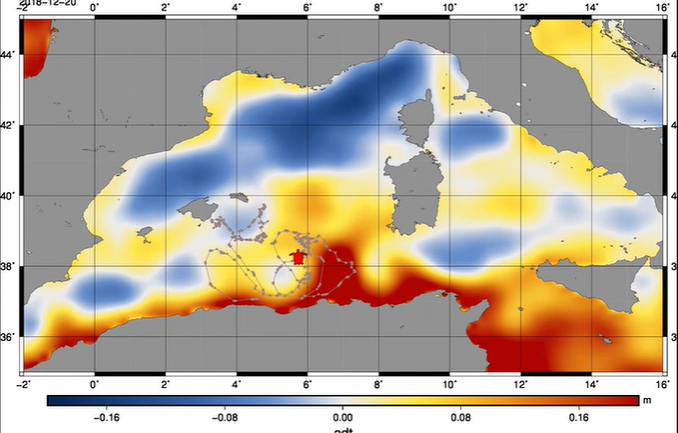
Vita is a loggerhead turtle that was captured in the Balearic Islands on July 2018 by NGO Alnitak. It was equipped with a satellite tag and oceanographic sensors that provided real-time data to ICTS SOCIB.
Their daily positions combined with ocean data have also provided a better understanding of their movements. Here is a turtle turning around a Mediterranean cyclonic eddy.
But understanding sea turtles behavior remains a struggle
Until recently gathering information about their different activities and more specifically, the time they spend doing each activity, has remained a challenge. Instruments such as Time-depth recorders (TDR) and miniaturized tri-axial accelerometers, provide insights into turtles’ underwater activities but lacked validation through simultaneous visual observation.
A novel solution
An article published by Lorène Jeantet and Damien Chevallier, CNRS-IPHC, suggests a new approach incorporating various methods by using video recorders combined with multi-sensor miniaturized loggers such as a tri-axial accelerometer, a tri-axial gyroscope and a TDR to identify the different behaviors of sea turtles from accelerometric sequence.

Free-ranging immature green turtle equipped with a device combining a high-frequency tri-axial accelerometer, a high-frequency tri-axial gyroscope, a depth recorder and video-recorder.
37 immature free-ranging green turtles, each equipped with a recorder, were monitored for varying periods of time. The loggers were attached, with minimal disturbance, to the carapace using four suction cups allowing them to be released remotely.
Once the camera released, the goniometer played an integral part in recovering nearly 20 hours of footage by detecting the Argos tags glued to the device.
Watching the footage and processing the data enabled the team to identify the various behaviors and measure their starting and ending times to the nearest 0.1s, with accuracy detection of behaviors of 95%.
More info about marine animals tracking
What this means for the future
Understanding how turtles behave is essential in measuring how environmental changes and human activities are impacting them. Combining this information with location data can help identify the areas where turtles must be protected which can significantly contribute to their conservation.
References and links:
Jeantet L et al. 2020 Behavioural inference from signal processing using animal-borne multi-sensor loggers: a novel solution to extend the knowledge of sea turtle ecology. R. Soc. Open Sci. 7: 200139.
http://dx.doi.org/10.1098/rsos.200139
The different institutions and authorities involved in this study:
- Institut Pluridisciplinaire Hubert Curien, CNRS–Unistra, 67087 Strasbourg, France
- Centre Scientifique de Monaco, Département de Biologie Polaire, 8 quai Antoine Ier, MC 98000 Monaco
- Centre d’Écologie Fonctionnelle et Évolutive, CNRS, Montpellier, France & Cogitamus Lab
- DEAL Martinique, Pointe de Jaham, BP 7212, 97274 Schoelcher Cedex, France
- Office de l’Eau Martinique, 7 Avenue Condorcet, BP 32, 97201 Fort-de-France, Martinique, France
- Association POEMM, 73 lot papayers, Anse a l’âne, 97229 Les Trois Ilets, Martinique
- DEAL Guyane, Rue Carlos Finley, CS 76003, 97306 Cayenne Cedex, France
- Centre National d’Etudes Spatiales, Centre Spatial Guyanais, BP 726, 97387 Kourou Cedex, Guyane

